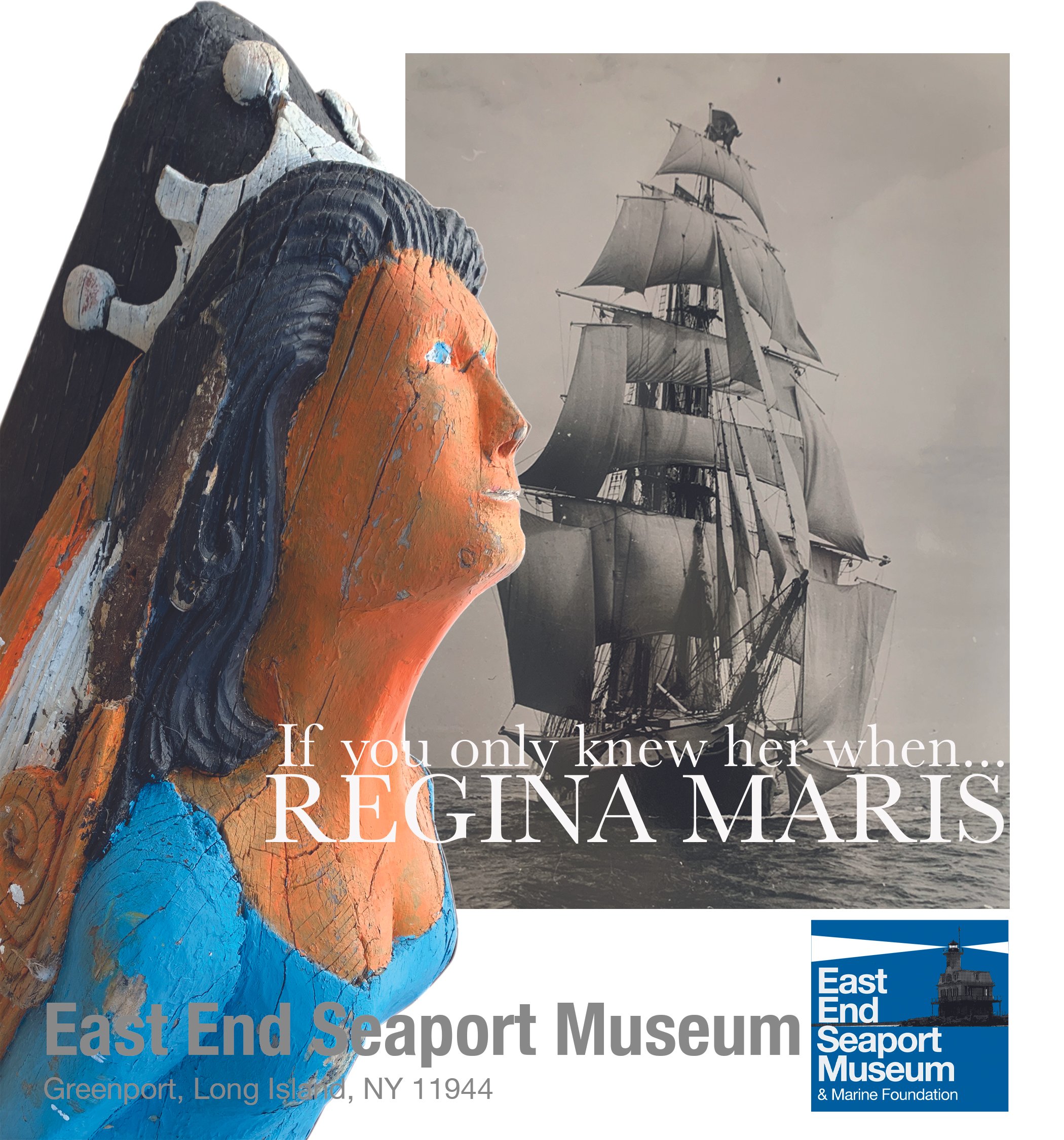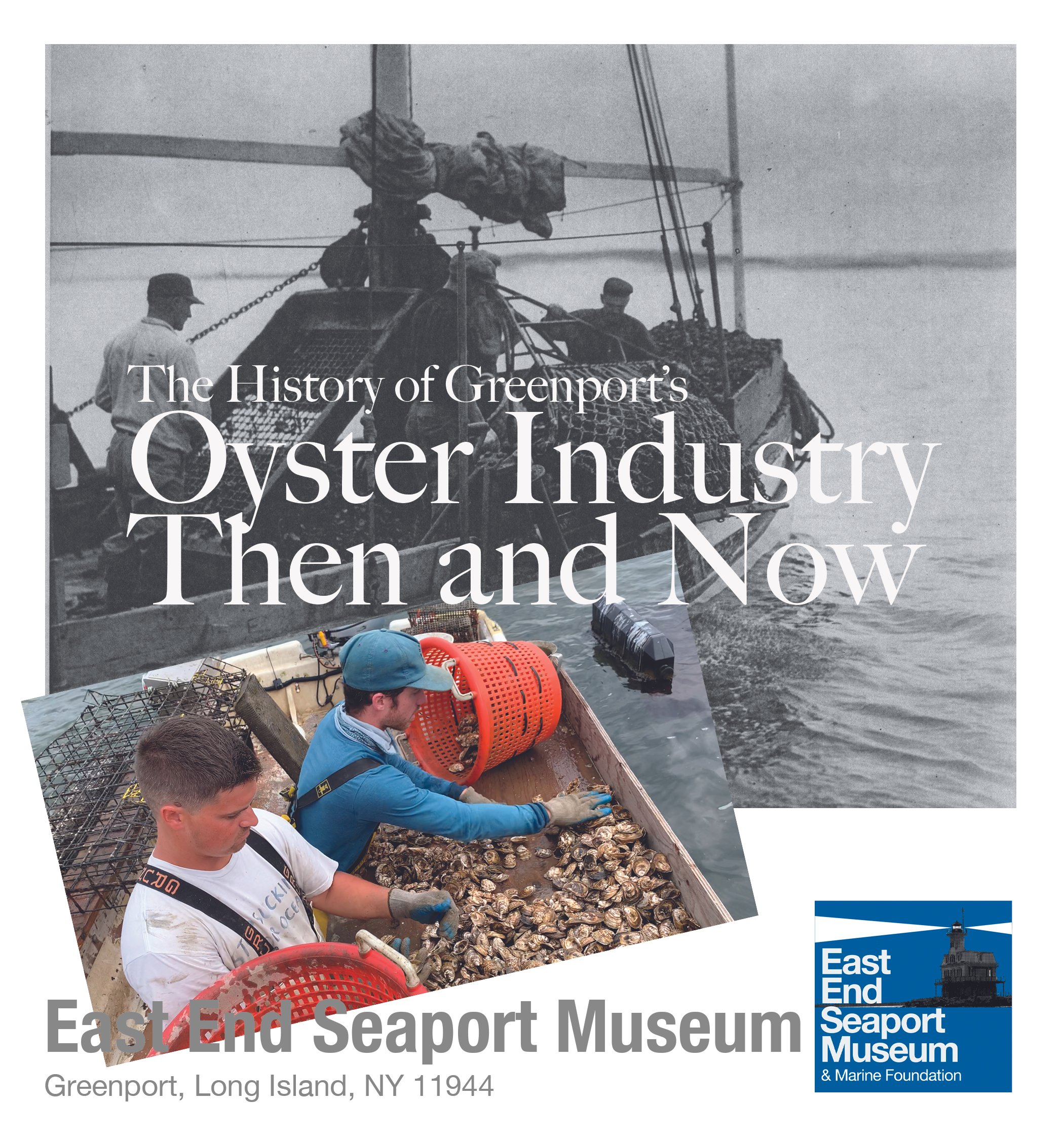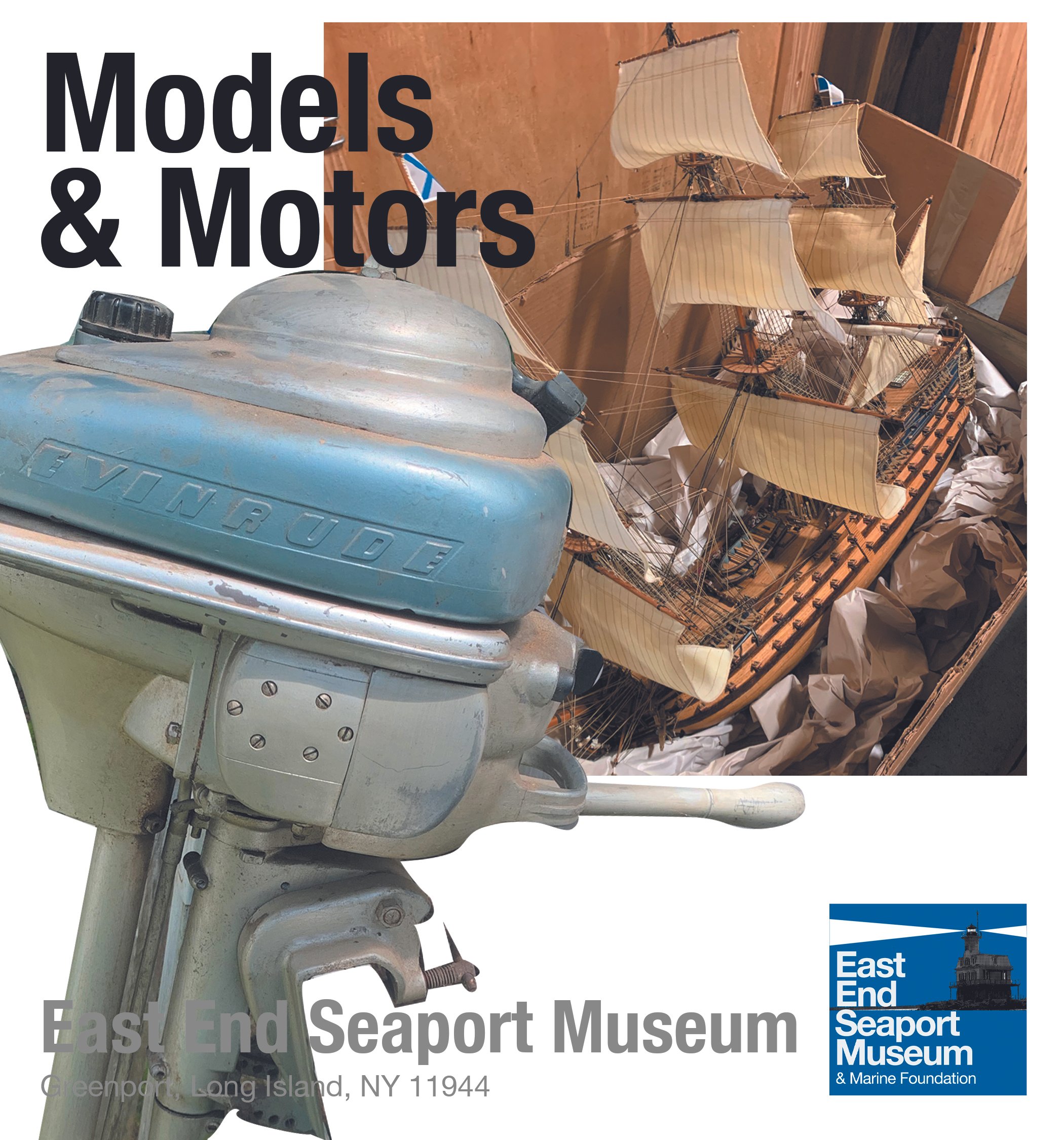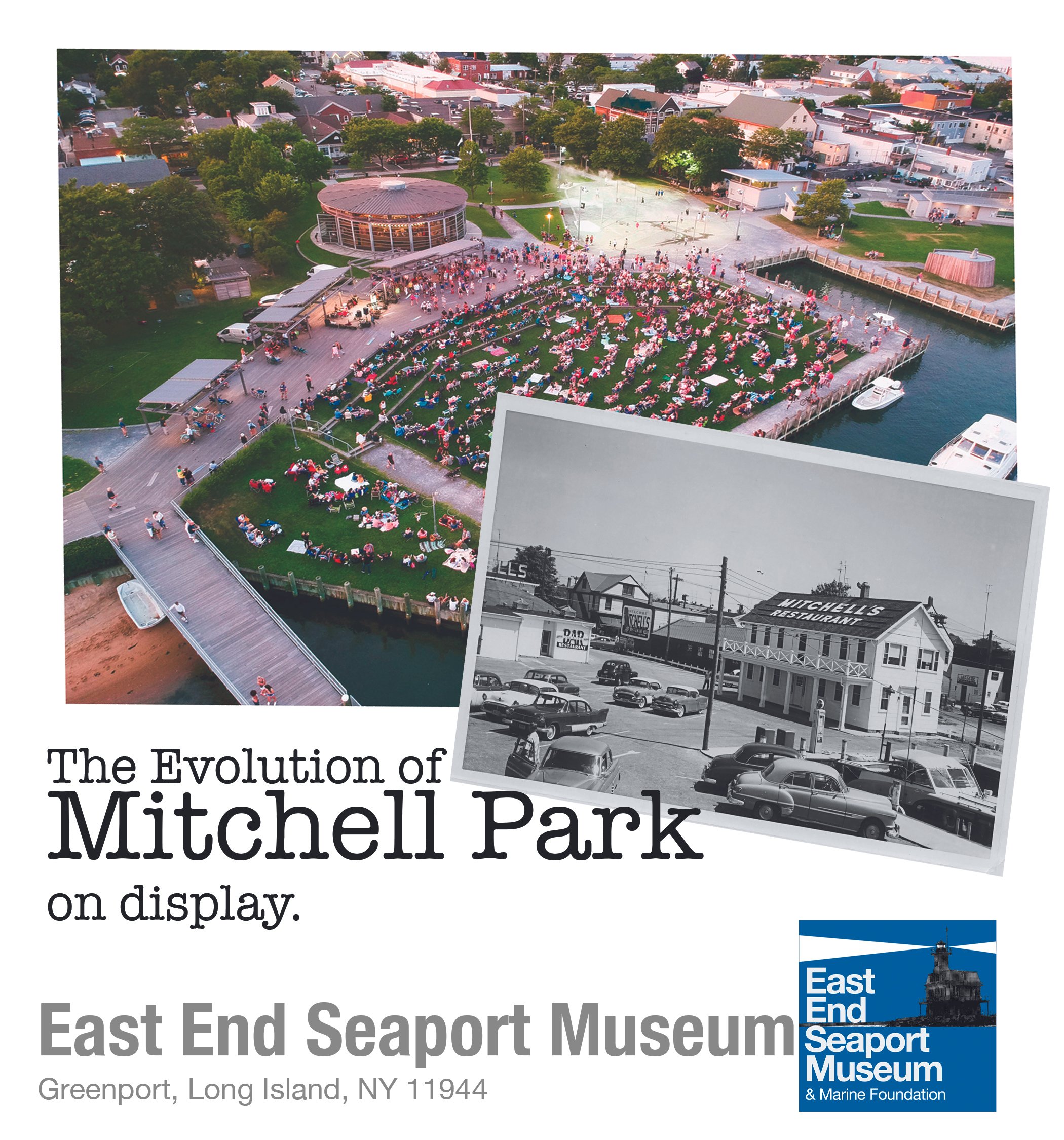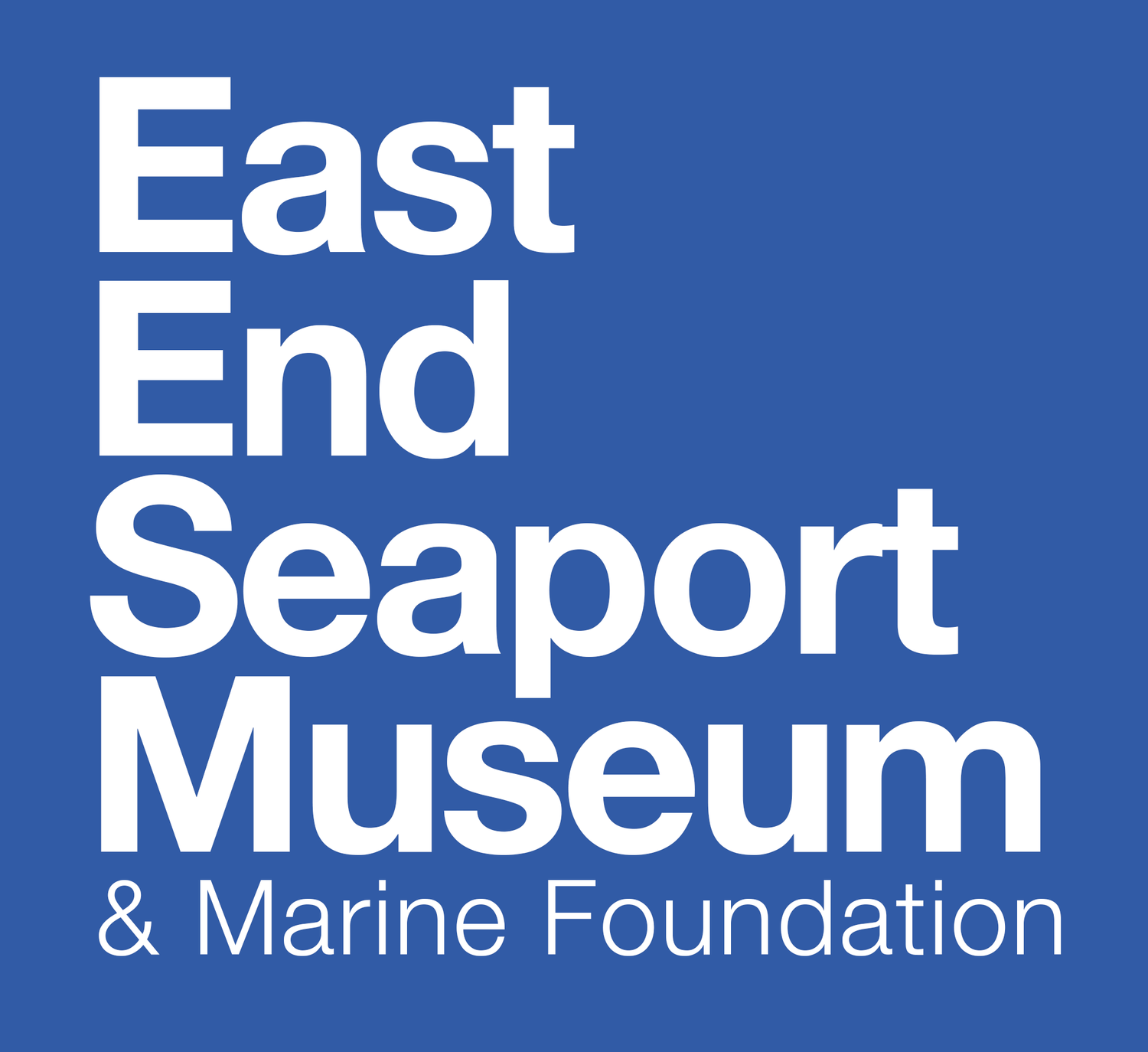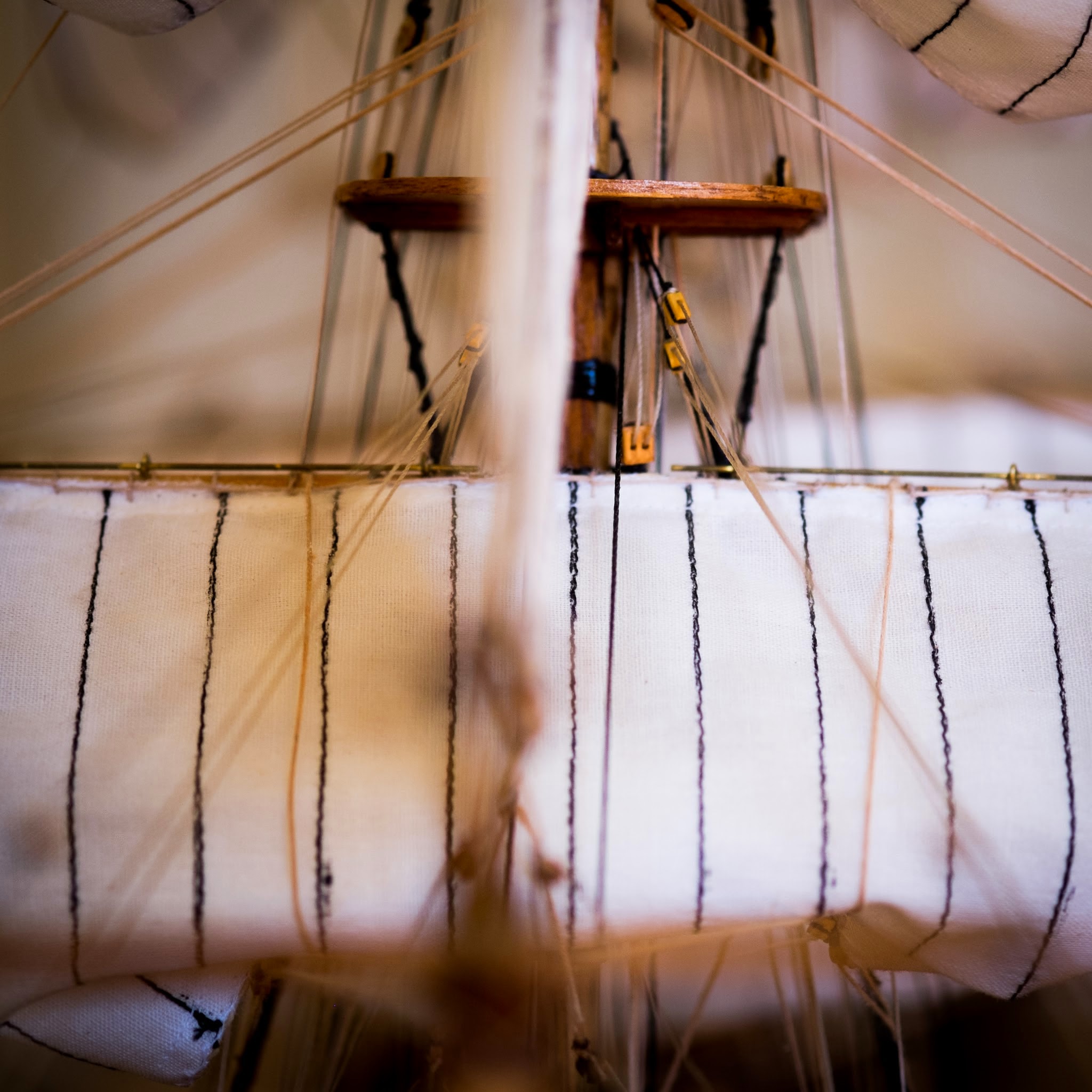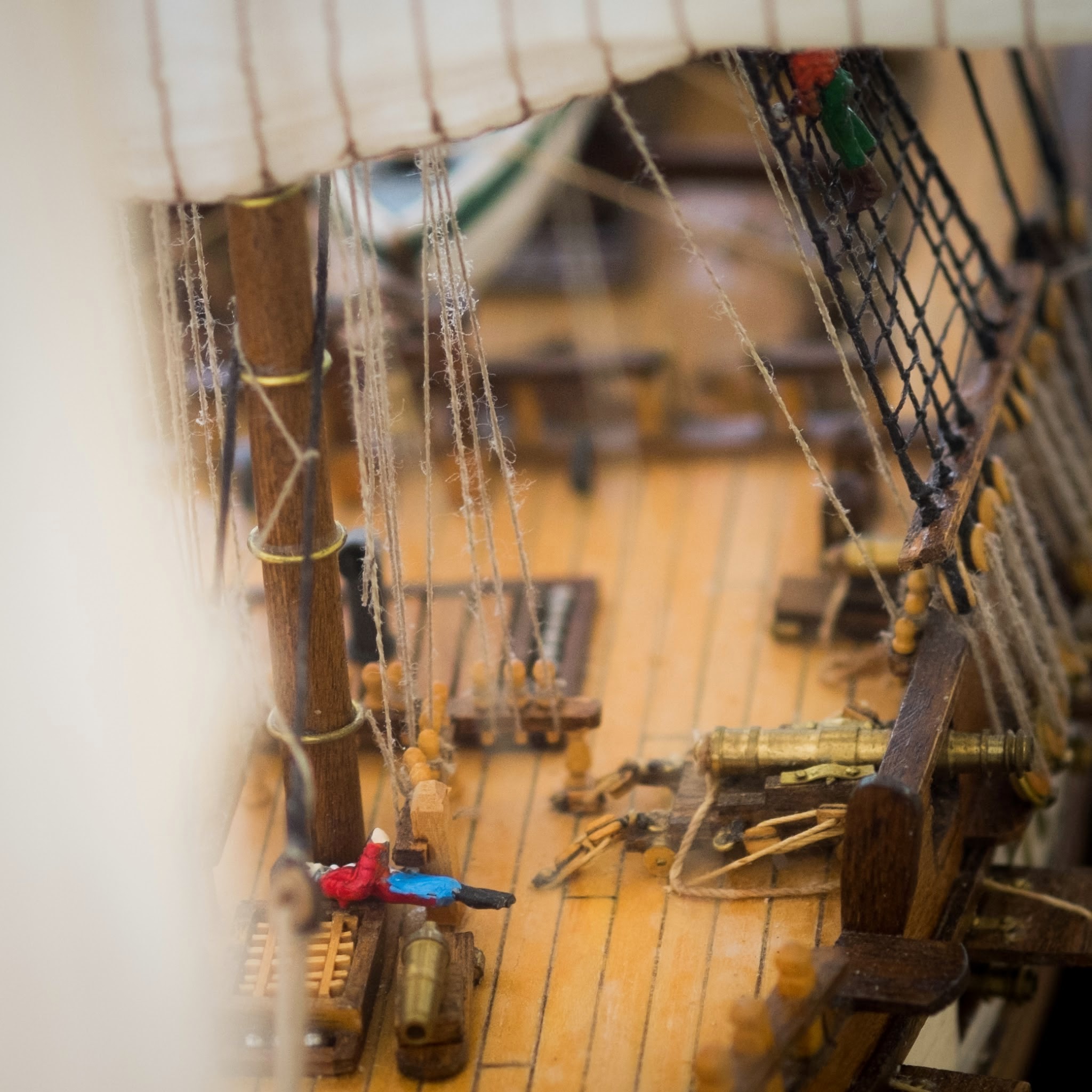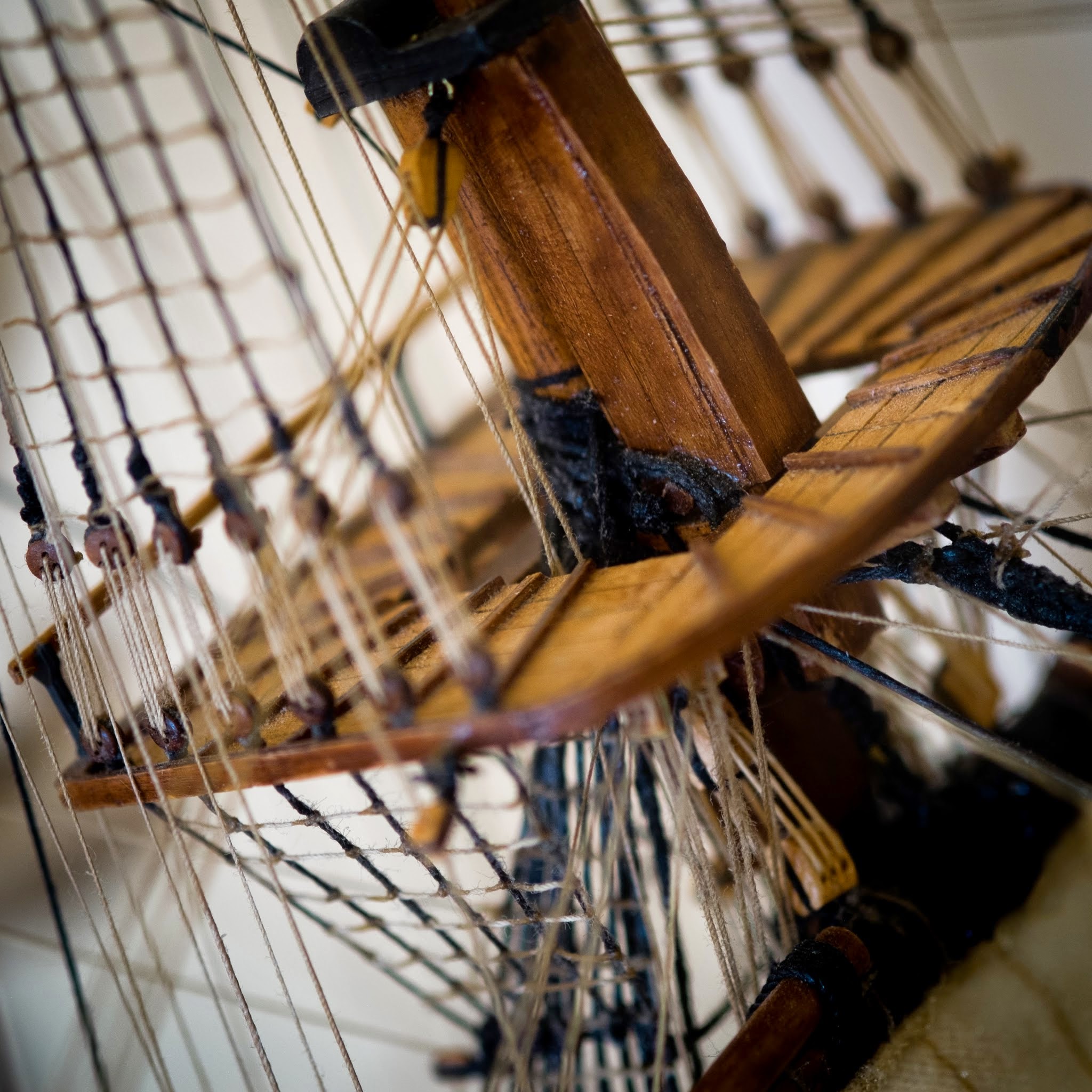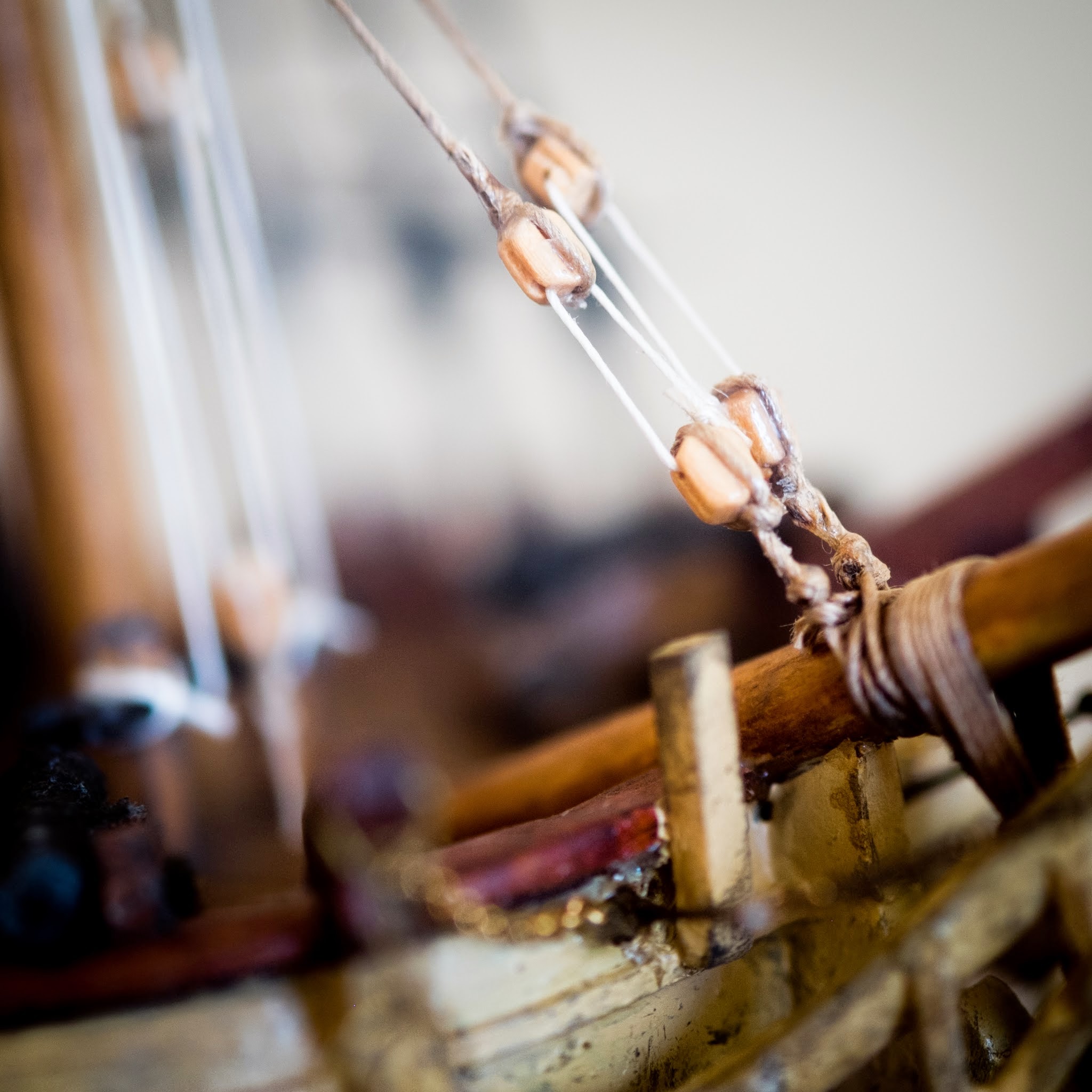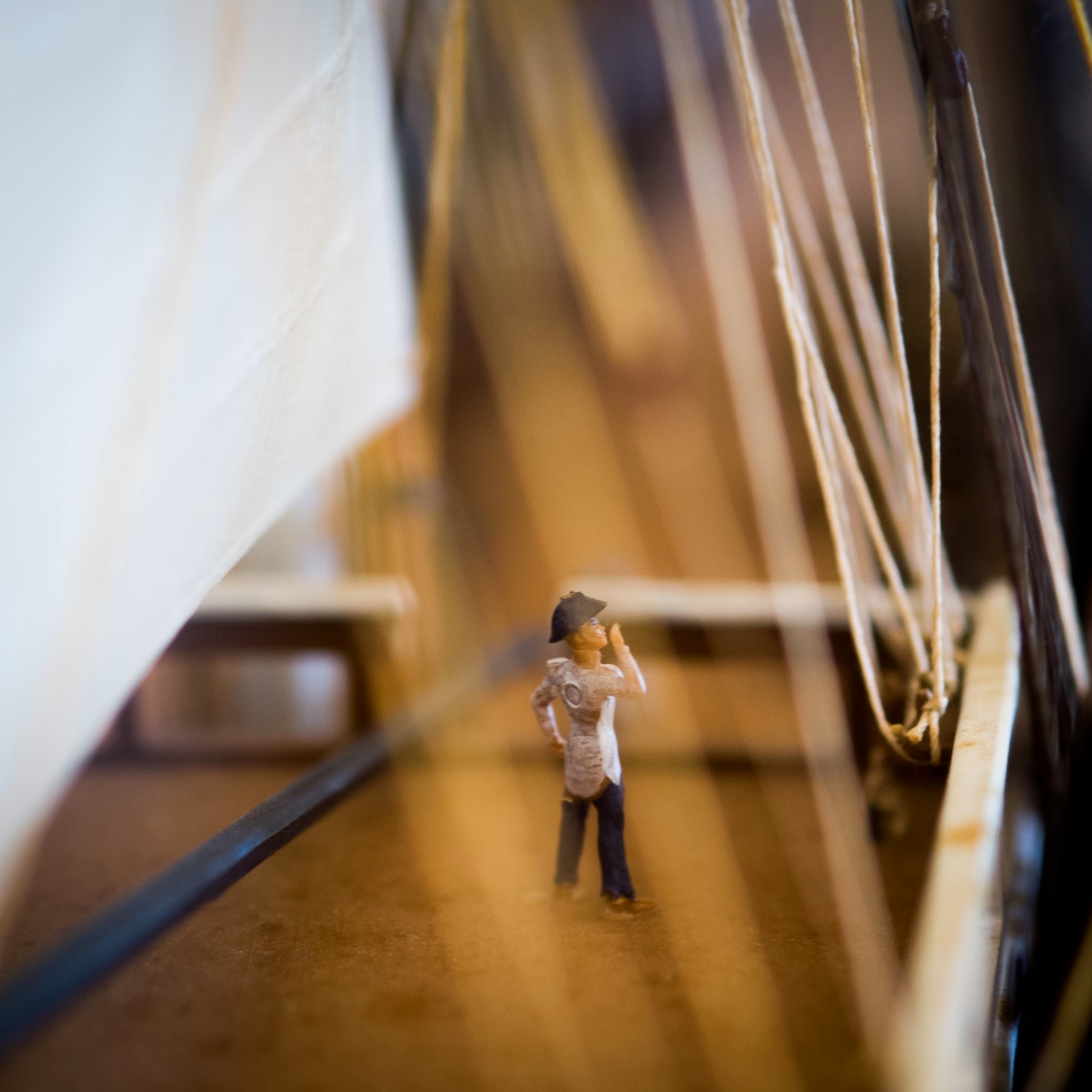Once a lucrative, staple industry and a core economic feature of Greenport's success, with many processing plants dotting the east end, Oystering faded due to natural disturbances, human intervention, pollution and fluctuation of the saline constitution of the waters. But in recent years, many new oyster farms have been successfully introduced and the industry is thriving once again. Our exhibit pays homage to the years when oyster was king and Long Island supplied most of the country's demand for that briny bivalve.
Where in the Bays Were You?
